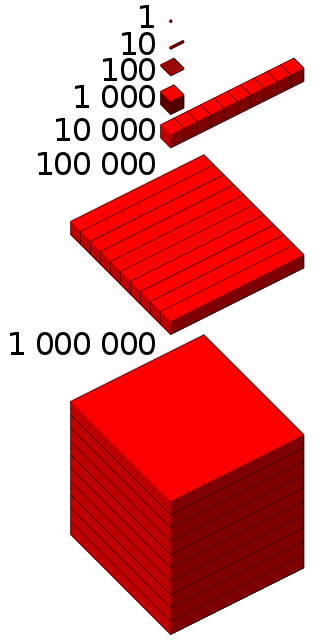Related Research Articles
70 (seventy) is the natural number following 69 and preceding 71.
31 (thirty-one) is the natural number following 30 and preceding 32. It is a prime number.
58 (fifty-eight) is the natural number following 57 and preceding 59.
68 (sixty-eight) is the natural number following 67 and preceding 69. It is an even number.
1000 or one thousand is the natural number following 999 and preceding 1001. In most English-speaking countries, it can be written with or without a comma or sometimes a period separating the thousands digit: 1,000.
300 is the natural number following 299 and preceding 301.
400 is the natural number following 399 and preceding 401.
500 is the natural number following 499 and preceding 501.
700 is the natural number following 699 and preceding 701.
600 is the natural number following 599 and preceding 601.
800 is the natural number following 799 and preceding 801.
900 is the natural number following 899 and preceding 901. It is the square of 30 and the sum of Euler's totient function for the first 54 positive integers. In base 10, it is a Harshad number. It is also the first number to be the square of a sphenic number.
2000 is a natural number following 1999 and preceding 2001.
3000 is the natural number following 2999 and preceding 3001. It is the smallest number requiring thirteen letters in English.

1,000,000, or one thousand thousand, is the natural number following 999,999 and preceding 1,000,001. The word is derived from the early Italian millione, from mille, "thousand", plus the augmentative suffix -one.
100,000 (one hundred thousand) is the natural number following 99,999 and preceding 100,001. In scientific notation, it is written as 105.
154 is the natural number following 153 and preceding 155.
277 is the natural number following 276 and preceding 278.
888 is the natural number following 887 and preceding 889.
302 is the natural number following 301 and preceding 303.
References
- ↑ "Facts about the integer". mathworld.wolfram.com.
- ↑ Sloane, N. J. A. (ed.). "SequenceA008277". The On-Line Encyclopedia of Integer Sequences . OEIS Foundation.
- ↑ Sloane, N. J. A. (ed.). "SequenceA007770(Happy numbers: numbers whose trajectory under iteration of sum of squares of digits map (see A003132) includes 1)". The On-Line Encyclopedia of Integer Sequences . OEIS Foundation.
- ↑ Sloane, N. J. A. (ed.). "SequenceA000124(Central polygonal numbers (the Lazy Caterer's sequence): n(n+1)/2 + 1; or, maximal number of pieces formed when slicing a pancake with n cuts)". The On-Line Encyclopedia of Integer Sequences . OEIS Foundation.